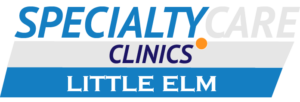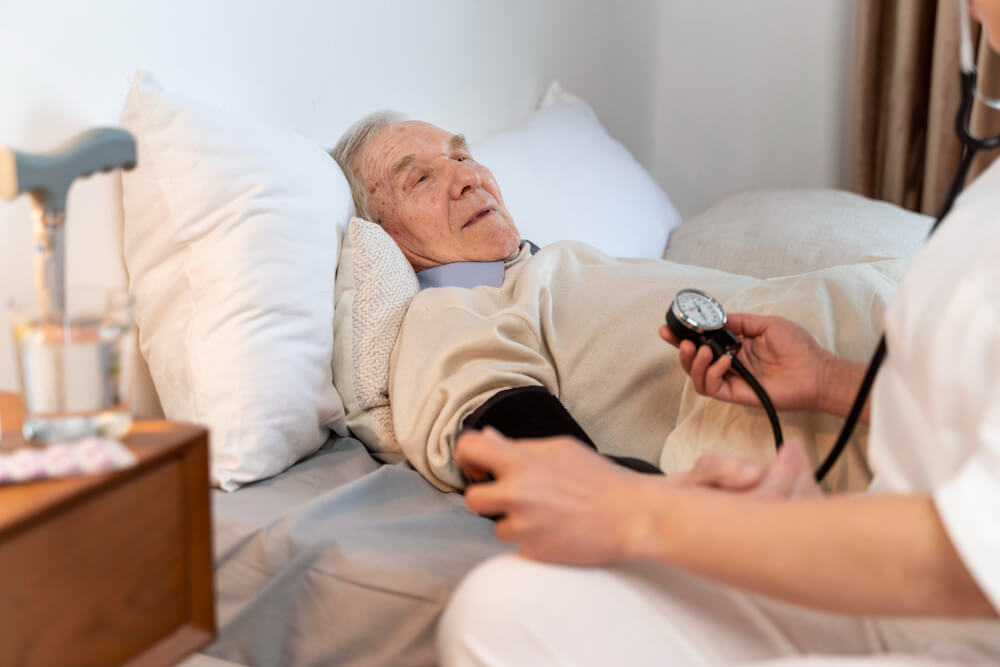Understanding Stroke: Symptoms, Treatment, and the Path to Recovery
Stroke, a sudden interruption of blood flow to the brain, is a leading cause of disability and death worldwide. Every year, millions of people experience a stroke, leaving many with lasting physical and cognitive impairments. However, with early recognition and prompt treatment, the impact of a stroke can be significantly reduced. This article dives deep into the world of stroke, exploring its symptoms, treatment options, and the road to recovery.
Recognizing the Signs of Stroke: Act FAST
The brain relies on a constant supply of oxygen and glucose from the blood to function properly. When a stroke occurs, this supply is disrupted, leading to brain cell death and damage. The longer blood flow is interrupted, the more severe the damage becomes. Therefore, recognizing the signs of stroke and seeking immediate medical attention is crucial.
Remember the acronym FAST to identify potential stroke symptoms:
- Face drooping: Does one side of the face appear numb or droop? Ask the person to smile and see if one side is uneven.
- Arm weakness: Can the person raise both arms equally? Weakness or numbness in one arm is a significant sign.
- Speech difficulty: Is speech slurred, garbled, or difficult to understand?
- Time to call emergency services: If you notice any of these signs, call emergency services immediately. Time is of the essence!
Other stroke symptoms may include:
- Sudden, severe headache with no known cause
- Dizziness, nausea, or vomiting
- Confusion, disorientation, or memory problems
Vision problems in one or both eyes - Difficulty walking or maintaining balance
It’s important to note that not everyone experiences all these symptoms. Some people may only have one or two, and the severity can vary. However, even mild symptoms shouldn’t be ignored.
Different Types of Strokes and Their Causes
There are two main types of strokes: ischemic and hemorrhagic. Knowing the type of stroke can help determine the best course of treatment.
Ischemic Stroke (Clot-Caused Stroke):
This is the most common type of stroke, accounting for around 85% of all cases. It occurs when a blood clot blocks an artery leading to the brain, preventing blood from reaching brain tissue.
Causes of ischemic stroke can include:

- Atherosclerosis: This is the hardening and narrowing of arteries due to plaque buildup.
- High blood pressure: Uncontrolled high blood pressure puts a strain on the arteries, increasing the risk of clots forming.
- Atrial fibrillation: An irregular heartbeat in the upper chambers of the heart can increase the risk of blood clots forming and traveling to the brain.
- High cholesterol: High levels of LDL (“bad”) cholesterol can contribute to plaque buildup in arteries.
- Diabetes: Diabetes damages blood vessels and increases the risk of blood clots.
- Smoking: Smoking damages blood vessels and increases the risk of blood clots.
Hemorrhagic Stroke (Bleeding Stroke):
This type of stroke occurs when a weakened blood vessel in the brain ruptures and bleeds into the surrounding tissue. This bleeding puts pressure on the brain and damages brain cells.
Causes of hemorrhagic stroke can include:
- High blood pressure: The most common cause, uncontrolled high blood pressure weakens blood vessels, making them more likely to rupture.
- Aneurysm: A weakened bulge in a blood vessel wall can rupture and cause a hemorrhagic stroke.
- Arteriovenous malformation (AVM): An abnormal connection between arteries and veins in the brain can increase the risk of bleeding.
- Blood thinners: Medications that prevent blood clotting can increase the risk of bleeding, including hemorrhagic stroke.
Treatment Options for Stroke: Time is Brain
The single most important factor in stroke treatment is speed. Brain cells begin to die within minutes of a stroke, so minimizing the time without blood flow is crucial for maximizing recovery.
Treatment for ischemic stroke focuses on restoring blood flow to
the brain as quickly as possible. This can be achieved through:
- Thrombolytic therapy: Clot-busting medication can dissolve the blood clot blocking the artery. This medication is most effective when administered within 3-4.5 hours of stroke onset.
- Endovascular thrombectomy: A minimally invasive procedure where a catheter is inserted into an artery and used to remove the blood clot. This procedure can be effective up to 24 hours after the stroke in some cases.
Treatment for hemorrhagic stroke focuses on controlling the
bleeding and reducing pressure in the brain. This may involve:
- Medications to lower blood pressure
- Surgery to clip an aneurysm or repair an AVM
- Monitoring for complications
- Early treatment can significantly improve stroke outcomes.

